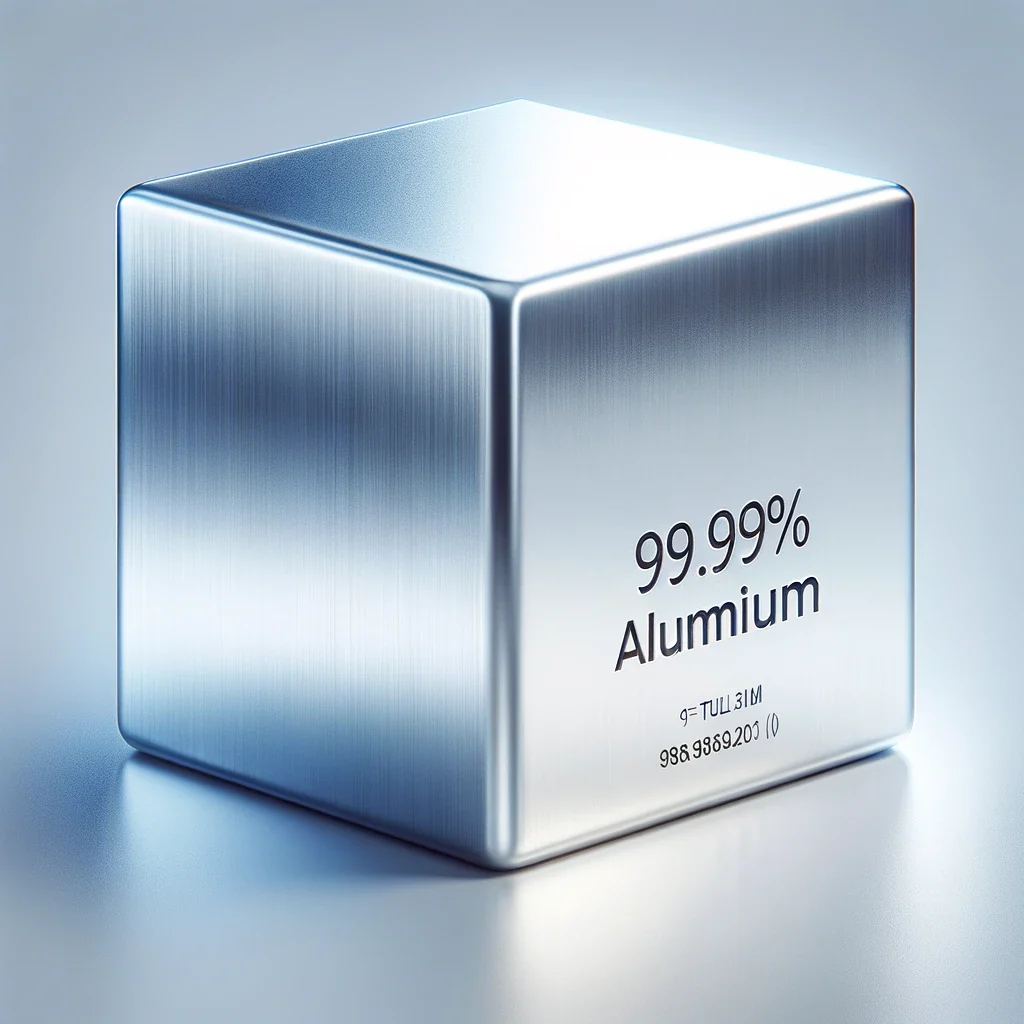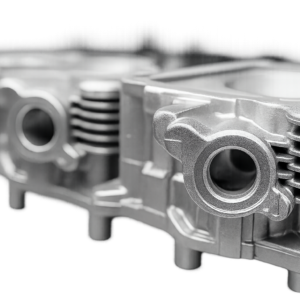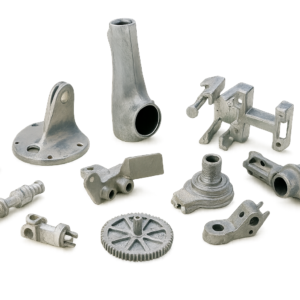Alluminio (Al) è uno degli elementi più abbondanti e versatili sulla terra, Costituendo quasi 8% della crosta terrestre. Its combination of leggero, resistenza alla corrosione, conduttività elettrica, E resistenza meccanica makes it a critical material across a wide range of industries—from construction and transportation to electronics and packaging.
Tuttavia, with rising concerns about climate change, carbon emissions, E resource depletion, the discussion around recycled aluminum vs pure aluminum is more relevant than ever. This guide offers an in-depth comparison to help manufacturers, Ingegneri, and procurement specialists make informed, eco-conscious decisions.
What is Pure Aluminum?
Definition and Physical CharacteristicS
Pure aluminum is a silvery-white, morbido, duttile, E non-magnetic metallo. In industrial standards, “pure aluminum” refers to aluminum with at least 99% purezza. Ultra-high-purity aluminum, used in specialty applications, can reach 99.99% or higher.
Natural Occurrence and Extraction
Aluminum is never found in its elemental state due to its high reactivity. Invece, it is extracted from bauxite ore, the most commercially viable aluminum-bearing mineral.
Extraction Process Overview:
Mining and refining of bauxite into alumina (Al₂O₃)
Electrolytic reduction via the Hall-Héroult process
Casting and forming into usable products
This process is energy-intensive and has significant environmental implications, Compreso greenhouse gas emissions, degrado del territorio, E high operational costs.
What is Recycled Aluminum?
Definizione
Recycled aluminum—also known as secondary aluminum—is derived from post-consumer O post-industrial scrap ad esempio:
Beverage cans
Parti automobilistiche
Manufacturing offcuts
Building and construction components
Recyclability and Refining Advances
L'alluminio è 100% riciclabile and can be reprocessed indefinitely without losing its core properties. Thanks to modern refining technologies, secondary aluminum can be enhanced by:
Alloying with performance-boosting elements like magnesium, silicio, o rame
Contaminant removal through advanced filtration and de-coating systems
Precision re-melting and grain refinement for consistent microstructure
These innovations enable recycled aluminum to closely match or even replicate IL resistenza meccanica, conduttività, E Qualità della superficie of primary aluminum—making it suitable even for demanding applications like automotive engine parts or structural components.
Current Usage
According to industry data, 75% of all aluminum ever produced is still in use today, reinforcing aluminum’s role in the circular economy.
Recycled vs Pure Aluminum: Differenze chiave
| Fattore | Alluminio puro (Primary) | Alluminio riciclato (Secondary) |
|---|---|---|
| Source | Extracted from bauxite ore | Recovered from scrap or waste |
| Energy Usage | Alto (electrolysis process) | 95% less energy required |
| Proprietà meccaniche | High and consistent quality | Comparable with advanced refining |
| Impatto ambientale | Higher CO₂ emissions and resource use | Fino a 97% fewer emissions |
| Costo | Higher production cost | More economical |
| Applicazioni | Aerospaziale, difesa, parti ad alta precisione | Settore automobilistico, beni di consumo, confezione |
Quale è migliore?
When to Use Pure Aluminum
Pure aluminum is preferred when tolleranze strette, material reliability, E high performance sono essenziali. Esempi:
Componenti di aerei
Strumenti medici
High-voltage conductors
Military-grade hardware
Die-cast molds for precision applications
When Recycled Aluminum is Ideal
Recycled aluminum is an excellent choice for the majority of manufacturing uses, Compreso:
Consumer electronics and appliances
Curtain wall systems and window frames
Auto engine blocks and chassis parts
Beverage and food packaging
Thanks to alloy enhancement and quality controls, secondary aluminum can now meet most structural and thermal specifications, significantly reducing costs and emissions without compromising performance.
TOPS Precision’s Closed-Loop Recycling System
A Tops Precision, we implement a full-cycle recycling and manufacturing system designed for efficienza, traceability, e sostenibilità:
Material Collection: Post-industrial and post-consumer aluminum scrap
Sorting and Shredding: Mechanical classification and size reduction
De-coating and Cleaning: Thermal or chemical removal of paint and oxides
Melting and Re-alloying: High-purity remelting with additive enhancements
Casting and QA: Finished billets and components meet ISO standards
Questo closed-loop approach ensures minimal waste, reduced carbon footprint, and consistently high-quality aluminum components.
Domande frequenti
Q1: Is recycled aluminum safe for food or beverage packaging?
SÌ. Recycled aluminum is widely used in cans, foils, e vassoi after undergoing thorough decontamination and processing. It meets FDA and EU food safety standards.
Q2: Can recycled aluminum be used in structural components?
SÌ, particularly with today’s refining and alloying technology. Molti settore automobilistico E building components are now made from high-performance recycled aluminum.
Q3: Does recycled aluminum corrode faster than pure aluminum?
NO. Once alloyed and treated properly, recycled aluminum exhibits similar corrosion resistance to primary aluminum alloys.
Q4: Is it more cost-effective to buy recycled aluminum?
SÌ. Recycled aluminum requires less energy and fewer raw materials, making it more cost-effective without significantly sacrificing quality.
Conclusione
Choosing between recycled and pure aluminum depends on your project’s specific needs:
Select puro alluminio per ad alta precisione, mission-critical applications.
Optare per recycled aluminum per cost efficiency and environmental sustainability in general manufacturing.
A Tops Precision, we leverage over a decade of expertise in aluminum die casting and recycling to provide costume, eco-conscious solutions that meet your exact requirements.
Contattaci
📧 Email: info@tops-precision.com
🌐 Website: www.topsbest-precision.com
Per saperne di più:
- Servizi di casting in alluminio
- Pressofusione o fusione a cera persa
- Die Casting Vs CNC Machining
- Materiali per pressofusione





